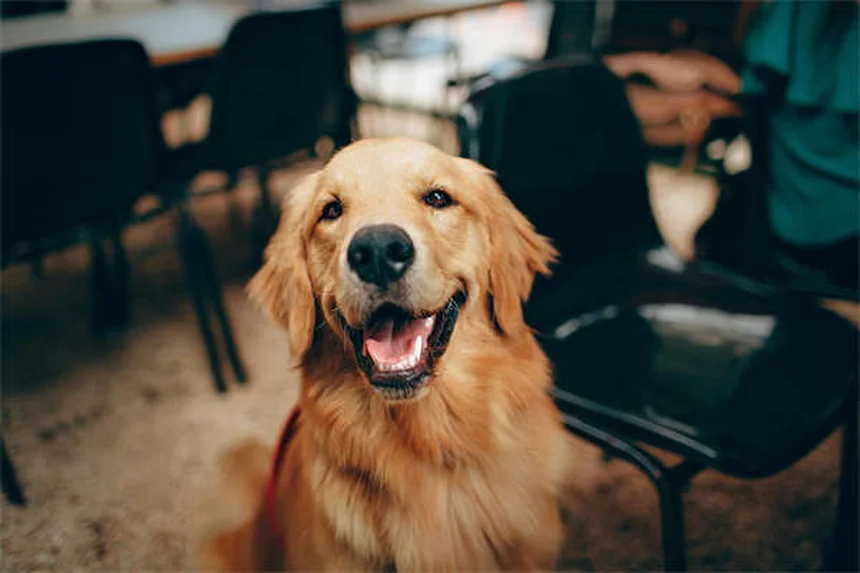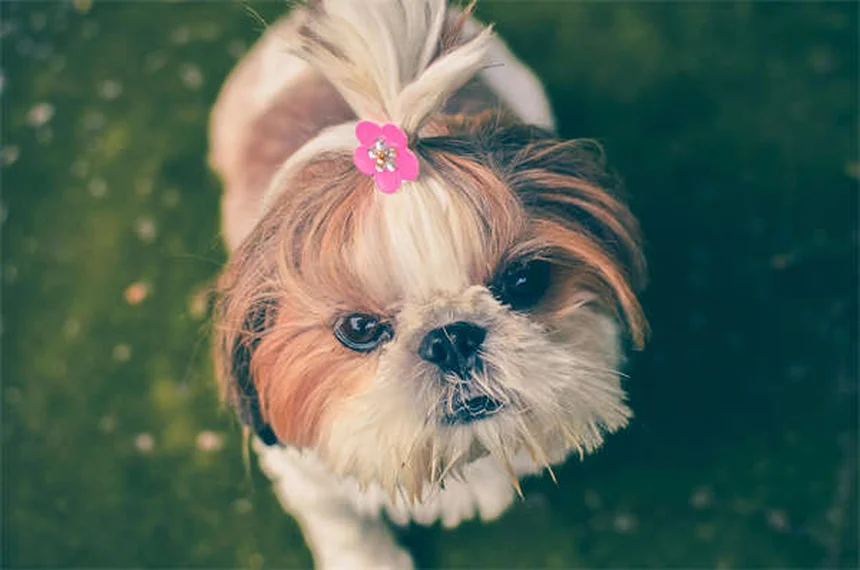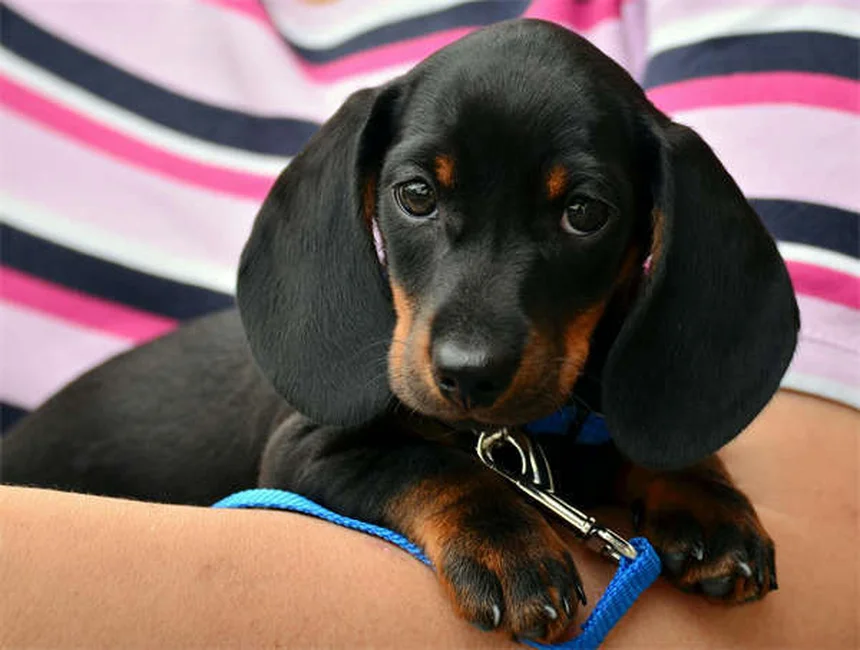What makes the Irish Draft horse so special? The answer is simple: it's the ultimate all-purpose equine athlete! Unlike your typical heavy draft breeds that plod along, this Irish powerhouse combines strength with surprising agility - imagine a football player who can also dance ballet. I've worked with these horses for years, and let me tell you, their intelligence and willingness to work will blow you away.Developed in 18th century Ireland, these muscular beauties were bred to handle everything from farm work to cavalry duties. What really sets them apart is their unmatched versatility - they can plow fields in the morning and compete in show jumping in the afternoon. Whether you're a farmer needing reliable help or a rider looking for a trustworthy partner, the Irish Draft delivers where other horses fall short.Here's something most people don't realize: despite their impressive size (we're talking 1,300-1,600 pounds of pure muscle), they're actually easier to handle than many smaller breeds. Their calm temperament makes them perfect for beginners, while their athleticism satisfies experienced riders. Plus, that famous Irish toughness means they stay healthy with basic care - no diva behavior here!
Advertisement
- 1、Meet the Irish Draft Horse
- 2、Built Like a Celtic Warrior
- 3、A History Shrouded in Mystery
- 4、Why You'll Love the Irish Draft
- 5、Finding Your Perfect Irish Partner
- 6、The Irish Draft's Hidden Talents
- 7、Breeding for the Future
- 8、Daily Life with an Irish Draft
- 9、The Irish Draft Community
- 10、FAQs
Meet the Irish Draft Horse
Not Your Average Workhorse
Picture this: a horse that's strong enough to plow fields but nimble enough to win show jumping competitions. That's the Irish Draft for you! Unlike those bulky traditional draft horses that move like tanks, our Irish buddy glides across fields with surprising grace. I mean, have you seen one trot? It's like watching a linebacker do ballet!
While we don't have exact birth certificates (horses weren't big on paperwork in the 1700s), experts agree this breed developed in Ireland when farmers needed a versatile workhorse that could also moonlight as a riding companion. Talk about multitasking!
Built Like a Celtic Warrior
Muscles on Muscles
Let me describe this equine powerhouse to you. The Irish Draft looks like it spends all day at the gym - broad shoulders, defined muscles everywhere, and legs that could kick through a brick wall. But here's the funny part: its backside (what horse folks call the "croup") is actually less noticeable than its shoulders. It's like nature forgot to finish the rear view!
Most commonly, you'll see them sporting either bay (that rich brown color with black points) or chestnut (think reddish-brown) coats. Here's a quick comparison of their key features:
| Feature | Description |
|---|---|
| Height | 15.2 to 16.3 hands (that's 62-67 inches at the shoulder) |
| Weight | 1,300 to 1,600 pounds of pure muscle |
| Lifespan | 25-30 years - they're the marathon runners of horses |
 Photos provided by pixabay
Photos provided by pixabay
Brain and Brawn Combined
Now, here's a question you might be wondering: "Are these big guys hard to handle?" Actually, no! Despite their size, Irish Drafts are like the honor students of the horse world - smart, willing to learn, and surprisingly easygoing. They've got this wonderful combination of energy and good sense that makes them perfect for both work and play.
A History Shrouded in Mystery
No Pedigree? No Problem!
Get this - the Irish Draft isn't technically a "pure" breed in the traditional sense. There aren't any fancy lineage records or breeding certificates. It's like the mutt of the horse world, but in the best possible way! These horses basically evolved naturally from the tough little Connemara ponies that adapted to Ireland's challenging environment over centuries.
By the 1700s, Irish farmers started playing matchmaker, breeding their local stock with heavier horses to create the ultimate farm helper. They even threw some English Thoroughbred into the mix - think of it as the original designer hybrid!
From Farm Fields to Battlefields
Here's something you might find surprising: "Why did the Irish government get involved with horse breeding?" Well, in the early 1900s, officials tried to standardize the breed with mixed success. But when World War I hit, the military discovered these horses were perfect for cavalry work - tough enough for battle but fast enough to outrun trouble. Their popularity skyrocketed until tractors and trucks started taking over their jobs.
Imagine being so good at your job that you put yourself out of work! That's basically what happened to these hardworking horses when machinery became common. But don't worry - they've found new careers in show jumping and leisure riding these days.
Why You'll Love the Irish Draft
 Photos provided by pixabay
Photos provided by pixabay
Brain and Brawn Combined
Let me tell you why these horses are so special. They can literally do it all - plow a field in the morning, give kids riding lessons in the afternoon, and still have energy for a evening trail ride. I've seen Irish Drafts competing in show jumping events one day and calmly giving beginner lessons the next. Try getting your Labrador to be that versatile!
Their intelligence makes them quick learners, and their calm temperament means they won't spook at every rustling leaf. Whether you're an experienced rider or just starting out, an Irish Draft could be your perfect equine partner.
Low Maintenance Athletes
Considering their size, you'd think they'd eat like, well, horses. But actually, Irish Drafts are pretty economical to keep compared to other draft breeds. They're like the hybrid cars of the horse world - powerful but fuel efficient! Their tough constitution means they stay healthy with basic care, and that thick skin protects them from Ireland's famous rainy weather.
Just remember - while they're generally easy keepers, they still need proper nutrition and regular exercise. A bored Irish Draft with too much energy might decide to rearrange your fence posts for fun!
Finding Your Perfect Irish Partner
What to Look For
If you're thinking about getting one of these magnificent animals, here are some tips. First, look for that characteristic athletic build - they should move freely without any stiffness. Watch how they interact with people too; a good Irish Draft should be curious and friendly, not skittish or aggressive.
Don't get too hung up on color - while bay and chestnut are most common, you might find the occasional gray or even a rare black one. The important things are temperament, movement, and overall health.
 Photos provided by pixabay
Photos provided by pixabay
Brain and Brawn Combined
Your best bet is to connect with breeders who specialize in Irish Drafts, especially in Ireland or the UK. Many are registered with the Irish Draught Horse Society, which maintains breeding standards. You might pay anywhere from $5,000 to $15,000 for a well-bred youngster, but remember - you're investing in decades of companionship and service.
Pro tip: Visit several breeders before deciding. Each has their own approach to breeding, and you'll want to find one whose philosophy matches your needs. And who knows? You might just fall in love at first sight with your future four-legged friend!
The Irish Draft's Hidden Talents
More Than Just a Pretty Face
You'd think a horse built like a Mack truck would be all brawn, but the Irish Draft has some surprising hidden skills. I once saw one open a gate latch with its teeth - smarter than some dogs I've known! These equine geniuses can learn complex tasks quickly, making them perfect for therapeutic riding programs where patience and intelligence are key.
Ever heard of a horse doing math? Okay, maybe not calculus, but Irish Drafts have an uncanny ability to remember routines and anticipate what's coming next. It's like they've got Google Maps built into their brains when navigating familiar trails.
Unexpected Show Ring Stars
While they might not be the first breed that comes to mind for dressage, Irish Drafts are crushing it in the show ring these days. Their powerful hindquarters give them incredible impulsion, and that natural athleticism makes them surprisingly light on their feet. I've watched them perform flying changes that would make a Warmblood jealous!
Here's a fun fact: their jumping style is uniquely efficient. Unlike some breeds that waste energy with flashy knees, Irish Drafts clear obstacles with economical movement that conserves energy for the whole course. It's like watching a basketball player who makes every shot count.
Breeding for the Future
Preserving the Irish Legacy
Modern breeders face an interesting challenge - how to maintain those classic Irish Draft traits while keeping the breed relevant for today's riders. Some are introducing carefully selected sport horse bloodlines to enhance movement and jumping ability without losing that trademark temperament.
The results speak for themselves. Check out this comparison of traditional vs. modern Irish Draft characteristics:
| Trait | Traditional | Modern |
|---|---|---|
| Movement | Powerful but limited range | More expressive gaits |
| Jumping Style | Efficient but flat | Improved bascule |
| Versatility | Farm and light riding | Competition and recreation |
The Irish Draft Cross Advantage
Ever wonder why Irish Draft crosses are so popular in eventing? It's that magical combination of bone, brains, and bravery they pass on to their offspring. Breed them with a Thoroughbred and you get an athletic powerhouse with better sense than your average hot-blooded horse.
I've seen Irish Draft crosses competing at the highest levels of eventing while still being sane enough for amateur riders. That's like finding a sports car that gets 50 miles to the gallon and never needs repairs!
Daily Life with an Irish Draft
Training Tips from the Pros
Training these smart cookies requires a different approach than your average horse. They learn so quickly that you need to keep sessions varied and interesting. One trainer told me she teaches her Irish Drafts silly tricks between serious training - "It keeps their brains engaged and prevents boredom," she explained.
The key is positive reinforcement. These horses want to please, but they'll shut down if pushed too hard. I've found that mixing groundwork with riding and even some driving exercises keeps them mentally fresh and physically fit.
Feeding for Success
Here's a question many owners struggle with: "How do you fuel an athlete that size without breaking the bank?" The secret lies in quality over quantity. Irish Drafts do best on good-quality forage supplemented with balanced concentrates. Unlike some breeds that need special feeds, these guys thrive on sensible, consistent nutrition.
Watch their weight though - that easy-keeping nature can lead to pudginess if you're not careful. I recommend regular exercise and limiting rich pasture time. Think of it like managing a football player's diet during off-season!
The Irish Draft Community
Breed Enthusiasts Unite
What really makes owning an Irish Draft special is the community. These aren't just horses - they're conversation starters that connect people across disciplines. I've made more friends through my Irish Draft than I ever did in college!
From Facebook groups to breed shows, there's always someone willing to share advice or admire your horse. And let me tell you, nothing beats the camaraderie of a group trail ride with fellow Irish Draft owners - it's like a moving party with better views.
Rescue and Retirement
As these horses gain popularity, we're seeing more need for responsible retirement options. Several organizations now specialize in rehoming older Irish Drafts, matching them with suitable second careers. It's heartwarming to see a former competition horse happily giving lessons to beginners in their golden years.
If you're considering adopting, older Irish Drafts can be fantastic companions. They've usually got years of experience and that same wonderful temperament. Plus, you skip the crazy teenage phase - it's like getting a horse with all the bugs already worked out!
E.g. :A Beginner's Guide to Irish Whiskey Tasting – Irish Whiskey Museum
FAQs
Q: How is the Irish Draft different from other draft horses?
A: The Irish Draft stands out from traditional draft breeds in several key ways. First off, they're more athletic and move with greater freedom - think of them as the sports car version of a work truck. While most drafts are bred purely for pulling power, our Irish friends were developed to be true all-rounders, capable of farm work, riding, and even jumping. Their build is muscular but more refined, with better-defined withers and a less prominent croup. Personality-wise, they're typically more energetic and intelligent than your average draft horse, making them easier to train and more enjoyable to work with. I've seen them switch from plowing to pleasure riding without missing a beat!
Q: What colors do Irish Draft horses come in?
A: You'll most commonly find Irish Drafts in classic bay (rich brown with black points) or chestnut (reddish-brown) coats. While these are the standard colors, occasionally you might spot a gray or even a rare black one. Here's a pro tip from my years of experience: don't get too hung up on color when choosing one. Their temperament and movement are far more important than coat color. That said, the traditional bay and chestnut colors do give them that classic, handsome look that turns heads at shows and competitions.
Q: Are Irish Draft horses good for beginners?
A: Absolutely! In fact, I often recommend Irish Drafts to novice riders because of their famously calm and willing temperament. Don't let their size intimidate you - these gentle giants are typically more reliable and easier to handle than many smaller, hotter breeds. Their intelligence means they learn quickly, and they're less likely to spook at unexpected noises or movements. That said, their energy and strength do require proper handling, so I always suggest beginners work with an experienced trainer at first. Think of them as the perfect "first car" - powerful but predictable, with enough pep to keep things interesting.
Q: How much does an Irish Draft horse cost?
A: Pricing for these versatile horses can vary widely based on age, training, and bloodlines. On average, expect to pay between $5,000 to $15,000 for a quality Irish Draft. Well-bred youngsters from reputable breeders typically start around $5,000, while trained adults with competition experience can reach $15,000 or more. Here's what I've learned from helping clients buy horses: it's worth investing in a properly bred and socialized Irish Draft from a reputable source. They live 25-30 years, so that initial cost breaks down to just pennies per day for decades of reliable service and companionship.
Q: Can Irish Draft horses really do show jumping?
A: You bet they can! This is one of my favorite things about the breed - their surprising athleticism. While they might not compete at Olympic levels, Irish Drafts regularly excel in local and regional jumping competitions. Their powerful hindquarters give them impressive lift, and that characteristic free movement allows for better jumping form than you'd expect from a draft-type horse. I've personally seen Irish Drafts clear 4-foot jumps with ease, and their calm demeanor makes them less likely to get rattled by the competition atmosphere. They're proof that you don't need a delicate warmblood to enjoy jumping!

